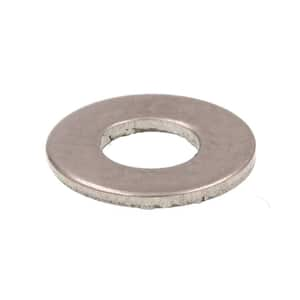
Martensitic change is then obtained either by a cryogenic treatment at 75 C (103 F) or by serious cold work (over 70% contortion, typically by cold rolling or wire illustration). Aging at 510 C (950 F)which precipitates the Ni3Al intermetallic phaseis performed as above on nearly ended up parts. Yield stress levels above 1400 MPa are then reached.
4980) includes about Cr 15%, Ni 25%, Ti 2. 1%, Mo 1. 2%, V 1. 3%, and B 0. 005%. The structure stays austenitic at all temperature levels. Normal heat treatment involves service treatment and quenching, followed by aging at 715 C (1,319 F). Aging kinds Ni3Ti speeds up and increases the yield strength to about 650 MPa at room temperature.
As an outcome, A286 is categorized as an Fe-based superalloy, used in jet engines, gas turbines, and turbo parts. There are over 150 grades of stainless-steel, of which 15 are most commonly used. There are Need More Info? for grading stainless and other steels, including US SAE steel grades. The Unified Numbering System for Metals and Alloys (UNS) was established by the ASTM in 1970.

Corrosion resistance [modify] Unlike carbon steel, stainless steels do not suffer uniform deterioration when exposed to wet environments. Unguarded carbon steel rusts readily when exposed to a combination of air and wetness. The resulting iron oxide surface layer is permeable and fragile. In addition, as iron oxide occupies a larger volume than the initial steel, this layer broadens and tends to flake and fall away, exposing the underlying steel to additional attack.

This passive movie avoids additional corrosion by blocking oxygen diffusion to the steel surface and therefore avoids deterioration from spreading into the bulk of the metal. This movie is self-repairing, even when scratched or momentarily disrupted by an upset condition in the environment that surpasses the intrinsic rust resistance of that grade.


It is traditional to identify between four kinds of deterioration: uniform, localized (pitting), galvanic, and SCC (stress deterioration cracking). Any of these types of deterioration can happen when the grade of stainless steel is not fit for the workplace. The classification "CRES" describes corrosion-resistant steel. Consistent deterioration [edit] Uniform deterioration takes location in really aggressive environments, usually where chemicals are produced or heavily used, such as in the pulp and paper markets.